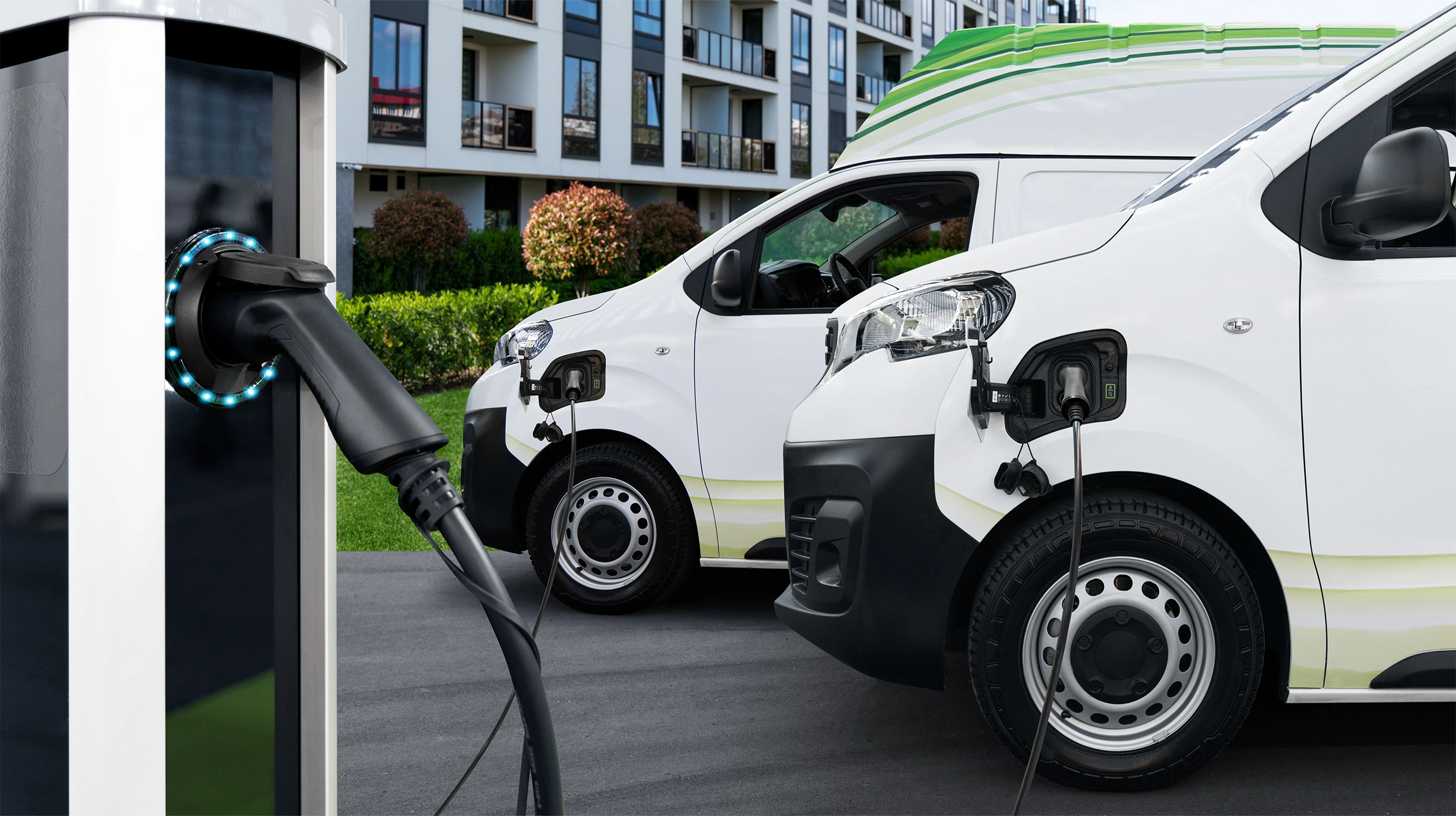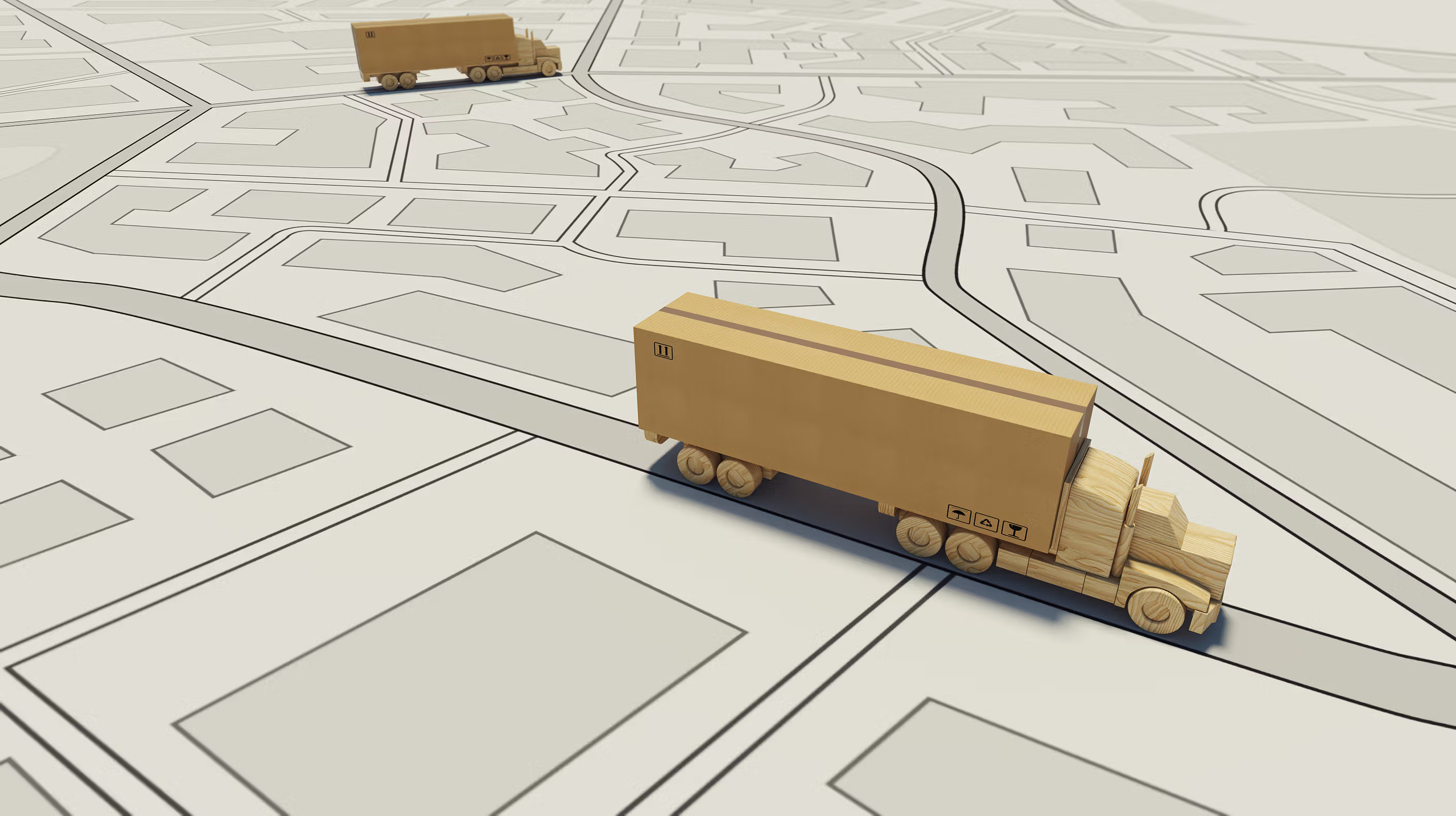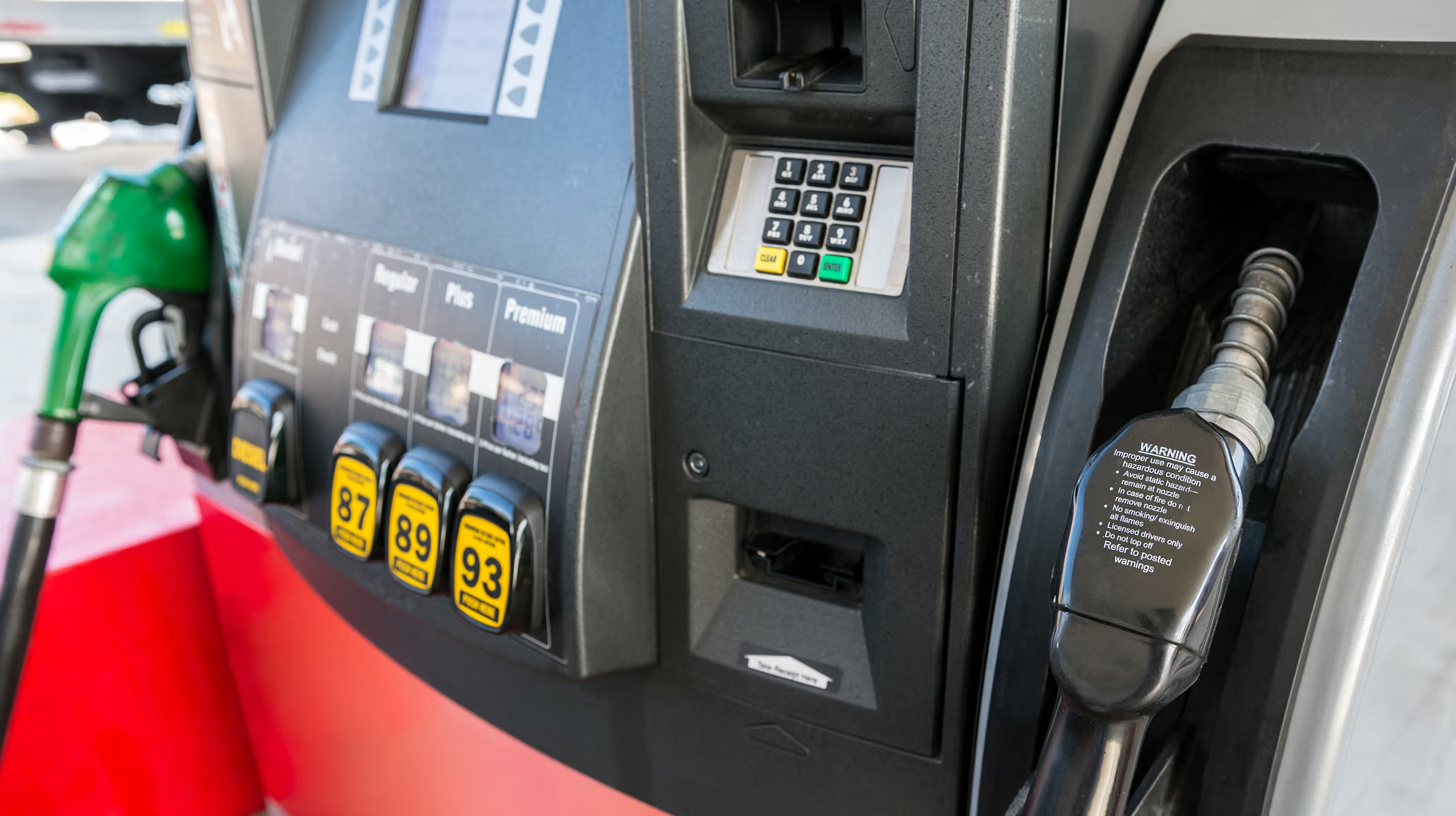More from the 5G glossary
View all 5G glossary entriesWhat is RAN?
The abbreviation RAN stands for Radio Access Network. It is a network of radio transmitters and receivers used to communicate with mobile devices, such as cell phones. RANs are typically designed to cover a large geographic area, such as a city or a country. Radio Access Networks are often used to provide network slicing, which allows service providers to offer different types of services on the same physical infrastructure.
What is 5G RAN?
5G RAN is in full development and is already being used by telecom companies worldwide. What sets it apart from previous RANs is the way it combines different RAN technologies (such as antennas, radio equipment and BBUs) to reduce signal distance and jumps. Since virtualization is an important part of 5G RAN, virtual RAN technology (vRAN) is also used.
vRAN is seen as the next step in the evolution of mobile networks, particularly in terms of advancing 5G. Functions that used to require hardware are virtualized with vRAN, so you are no longer dependent on physical infrastructure.
What is open RAN?
Open RAN or open source RAN is a type of open standard for RAN interfaces. It is not yet widely used in existing RAN implementations, although it is receiving a lot of attention. A number of (telecom) organisations are working on open RAN standards. It allows service providers to use non-proprietary sub-components from different vendors.
What is cloud RAN?
Cloud RAN (C-RAN) is a RAN technology variant, with 3 main components: a centralised BBU pool, RRU networks and a transport network.
The BBU pool is located at a central point and works in the same way as a cloud that supplies remote computers with resources. The pool provides the RRUs with the resources they need based on network needs.
The RRU network connects wireless devices to the Internet, just like RAN towers do in a traditional Radio Access Network.
To make a connection, the transport network uses fibre optics, cellular communication or millimetre wave (mmWave) radio frequencies. It is the high-bandwidth connection layer between the BBU pool and the RRUs.
How does RAN work?
The radio unit (RU) in a RAN processes digital radio signals and transmits, receives & converts the signals for the RAN base station. When the RU receives signal information from the antennas, it communicates with the baseband unit (BBU) via the Common Public Radio Interface (CPRI). The BBU processes the signal information so that it can be forwarded to the core network. The reverse process returns data to the user.
The area size that a RAN node can cover depends on the power of the antennas, the RAN hardware and the software on the node. RANs are important for mobile networks. Providers have been using RANs since 1G and they are also used for 5G networks.





